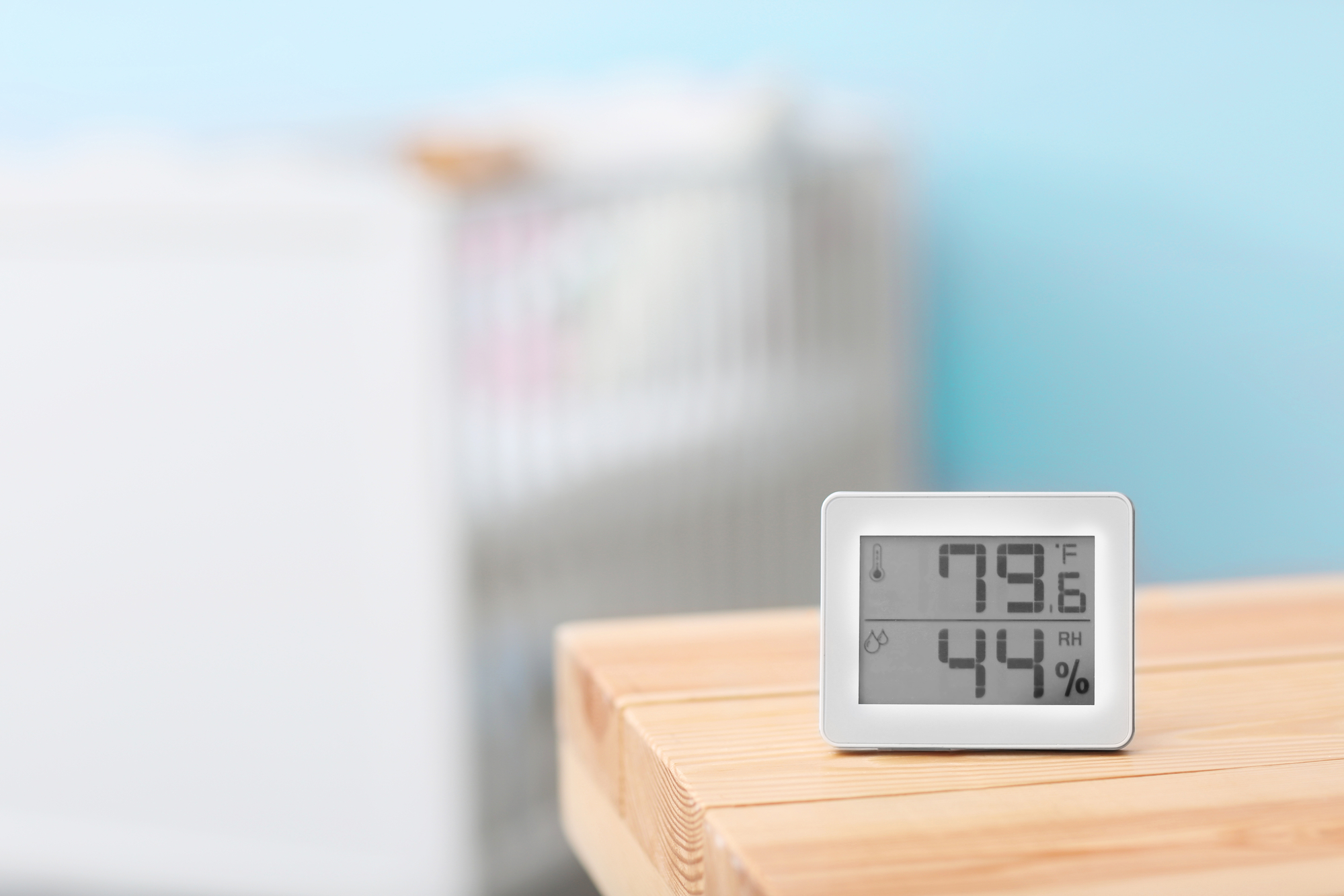Environmental Factors in Hydroponics
From Temperature Control to CO2 Enrichment
Hydroponics, the art of growing plants without soil, offers a plethora of advantages for the modern farmer and hobbyist. One of these advantages is the ability to meticulously control the environmental factors that affect plant growth. When optimized, these factors can significantly enhance plant health, growth rate, and yield. Let’s dive deep into some of the most vital elements: temperature and humidity control, oxygen levels in water, and CO2 enrichment.



Environmental Factors
Temperature and Humidity Control
a. The Importance: Temperature and humidity are intertwined and play a pivotal role in the process of photosynthesis, nutrient uptake, and overall plant health.
b. Optimal Temperature: Most plants thrive in a temperature range of 65°F to 75°F (18°C to 24°C) during their growth phase. However, specifics can vary depending on the plant species and their growth stage.
c. Humidity Dynamics: Humidity refers to the moisture content in the air. Young plants or seedlings prefer a higher humidity level (around 70%), while mature plants tend to flourish at around 40-60%.
d. Controlling Techniques:
- Heaters/Coolers: To regulate the temperature, especially in closed systems.
- Humidifiers/Dehumidifiers: For adjusting the humidity levels based on the plant’s stage.
- Ventilation: Proper air circulation ensures a consistent temperature and prevents the buildup of excess moisture.
Oxygen Levels in Water
a. Why it Matters: Roots need oxygen for respiration. Without it, they can become susceptible to diseases and might even suffocate and die.
b. Signs of Low Oxygen: Stunted growth, yellowing leaves, and a slimy root system are common indicators.
c. Optimizing Oxygen Levels:
- Air Stones and Diffusers: These can be used in the nutrient solution to produce fine air bubbles that increase oxygen levels.
- Water Pumps: Ensure continuous water movement which prevents stagnation and promotes oxygenation.
CO2 Enrichment
a. CO2 and Photosynthesis: Carbon dioxide (CO2) is a critical component for photosynthesis. Plants convert CO2 and light into oxygen and glucose, their primary energy source.
b. Benefits of CO2 Enrichment:
- Faster Growth: Elevated CO2 levels can accelerate plant growth.
- Greater Yield: A higher rate of photosynthesis can lead to increased fruiting and flowering.
c. Implementing CO2 Enrichment:
- CO2 Generators: These burn fossil fuels to produce CO2.
- CO2 Tanks: Pressurized tanks can release controlled amounts of CO2.
- Natural Methods: Fermenting organic matter, like compost, can also introduce CO2.
d. Monitoring and Control: It’s essential to have a CO2 meter in place. The optimal level for most plants lies between 1000-1500 ppm. But, be cautious! Levels above 2000 ppm can be harmful to plants and people.
Conclusion
By understanding and controlling these environmental factors in a hydroponic system, growers can harness the full potential of their crops. From temperature to CO2 levels, every detail matters. Regularly monitor these parameters, and adjust as necessary, and you’ll be well on your way to hydroponic success. Remember, a controlled environment is one of the main advantages of hydroponics; mastering it will undoubtedly lead to flourishing crops.
Stay In Contact
Drop us a note and let us know what is on your mind regarding hydroponics.
Address
2700 Brase;ton Hwy. Suite 10-244, Dacula, Ga. 30019
Phone
(706) 247-7060
